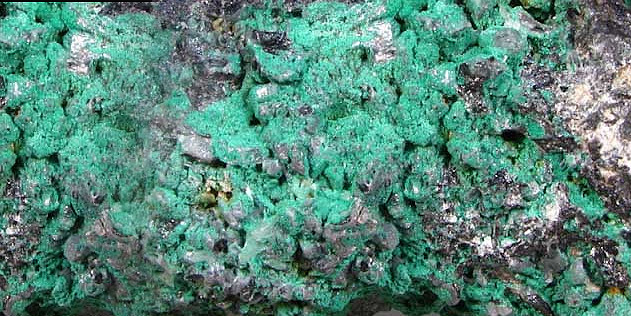MINERALS
“Mineral” is not the first thing to come to mind when you hear the word “beauty,” and that‘s a pity because they look so, so pretty. A mineral is a naturally occurring chemical compound, usually of crystalline form and abiogenic in origin. A mineral has one specific chemical composition, whereas a rock can be an aggregate of different minerals or mineraloids. … The silicate minerals compose over 90% of the Earth’s crust.
There are approximately 4000 different minerals and each of those minerals has a unique set of physical properties. These include: color, streak, hardness, luster, diaphaneity, specific gravity, cleavage, fracture, magnetism, solubility and many more. These physical properties are useful for identifying minerals. Metals, like gold, silver, copper, lead, iron, zinc and aluminum are extracted from ore, and the process of extracting these minerals is called metallurgy. Fossil fuels, like coal and petroleum, are also minerals that you are probably quite familiar with.
For that reason, water ice from a glacier is a mineral, while liquid water, steam, and ice cubes are not. Third, minerals are of inorganic origin. That is to say, they are not organic compounds such as amino acids, peptides, or enzymes. The word “mineral” is used by geologists for a group of naturally occurring crystalline substances. Gold, pyrite, quartz, calcite and fluorite are all examples of “minerals”. To be a mineral a substance must meet five requirements: naturally occurring (not made by humans)
.









